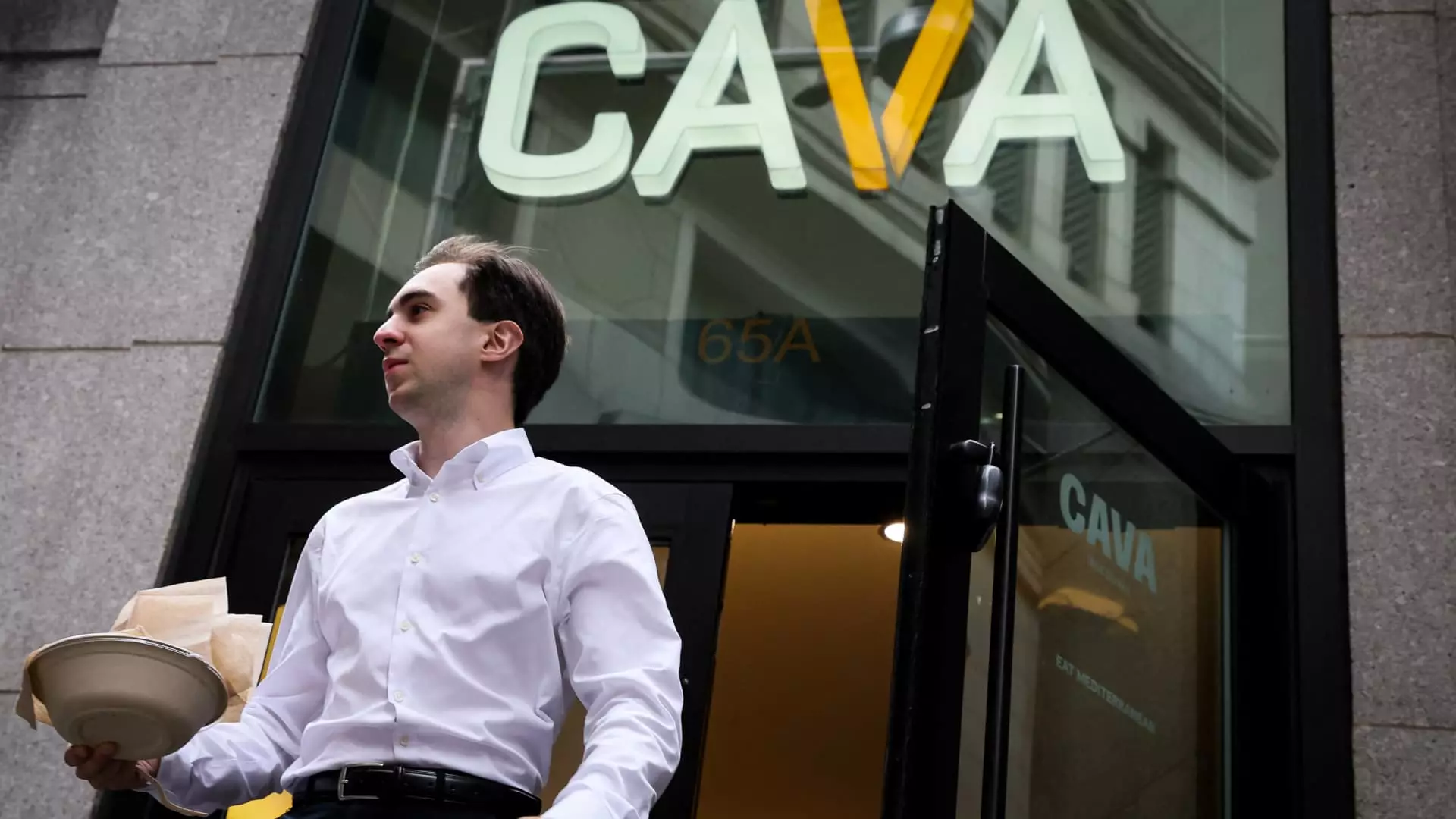In an era where economic uncertainty has become the new normal, the once-peripheral concept of customer loyalty has skyrocketed in importance. No longer a mere add-on, rewards programs are now vital components of a restaurant chain’s survival strategy. The financial turbulence impacting the sector has forced brands to rethink their approach to customer engagement — transforming loyalty initiatives from nice bonuses into fundamental tools for retention and revenue stability.
The core idea is simple yet powerful: during downturns, consumers tighten their belts and seek more value in every dining dollar. Loyalty programs, with their promise of discounts, freebies, and personalized perks, serve as a psychological and economic anchor. They incentivize repeat visits, foster habitual consumption, and cement ongoing relationships that transcend the fleeting allure of promotional coupons. This shift is not just a temporary patch but a paradigm change where rewarding loyalty becomes a central business model rather than an optional marketing tactic.
The Business Case: Loyalty Fosters Resilience Amidst Declining Traffic
Data from recent industry reports underscores the critical role of rewards programs during tough times. Over a year ending in May, only one month—November—saw increased restaurant traffic, illustrating how persistent the challenge remains. Worse, less than half of restaurant brands experienced same-store sales growth in that period. The decline in frequency and sales presents a dire financial threat, compelling brands to double down on loyalty strategies as a lifeline.
Active membership in rewards schemes correlates strongly with customer engagement. For instance, Starbucks reports over 34 million active rewards members, with more than half of its transactions in the U.S. attributable to these loyalists. These members visit twice as often and spend more than non-members, proving that loyalty programs convert occasional customers into habitual spenders. Similarly, Chipotle’s 20 million active rewards members contribute about 30% of daily sales, providing a cushion against declining foot traffic and pricing pressures.
This data reveals that loyalty isn’t just a marketing gimmick but an economic necessity. When footfalls wane, frequent reward members keep the revenue engine humming. Brands that successfully nurture their loyalty base are better positioned to withstand economic shocks, avoid drastic price hikes, and maintain a stable revenue flow.
Innovating Beyond Traditional Rewards: Creative Strategies to Drive Engagement
Recognizing that a one-size-fits-all approach is insufficient, many brands are innovating their rewards programs, moving beyond simple discounts. Cava’s revamped program exemplifies this shift. It offers more flexible earning and redemption options, including specific items and limited-time offers, thereby making rewards more tangible and desirable. The inclusion of playful elements like mascot-driven promotions and in-app challenges caters to consumers’ desire for engaging and enjoyable experiences.
Chipotle’s seasonal “Summer of Extras” campaign exemplifies the concept of adding excitement and social media buzz to loyalty. By offering chances to win free burritos and encouraging competition among customers, the brand fosters a sense of community and excitement around its rewards program. The goal is simple: embed loyalty into consumers’ lifestyles in a way that feels rewarding, not transactional.
Sweetgreen’s recent move away from complex, tiered subscriptions towards straightforward rewards also signals the industry’s recognition of consumer fatigue. The new program emphasizes immediate, meaningful value rather than confusing structures. Such adjustments reflect a growing understanding that loyalty must be intuitive, instant, and emotionally gratifying to sustain engagement.
Costly Promotions and Strategic Risks: Walking the Tightrope
While these innovations are promising, they come with considerable financial risks. Free rewards, discounts, and promotional campaigns—though effective in boosting short-term engagement—can strain already tight profit margins. Many brands fear that excessive giveaways may diminish perceived value or erode margins if not carefully managed.
Yet, the overarching belief among industry leaders is that these costs are an investment in future loyalty. By cultivating a habit of frequent visits and brand preference, companies aim for lifetime customer value that justifies initial promotional expenses. Potbelly’s coin-based system and Portillo’s badge tracking showcase new methods to incentivize behavior and foster ongoing connection without heavy discounting. The hope is that these tailored, flexible programs create a loyal customer base that sustains the brand long-term, even if immediate margins are affected.
Ultimately, loyalty programs are no longer optional experiments but vital strategic assets in a competitive landscape marred by economic headwinds. Their success depends heavily on balancing enticing rewards with prudent financial management, all while crafting a user experience that feels personalized, effortless, and engaging. As brands fine-tune their programs, the true winners will be those who understand that in today’s turbulent economy, loyalty must be earned, nurtured, and continually adapted.

